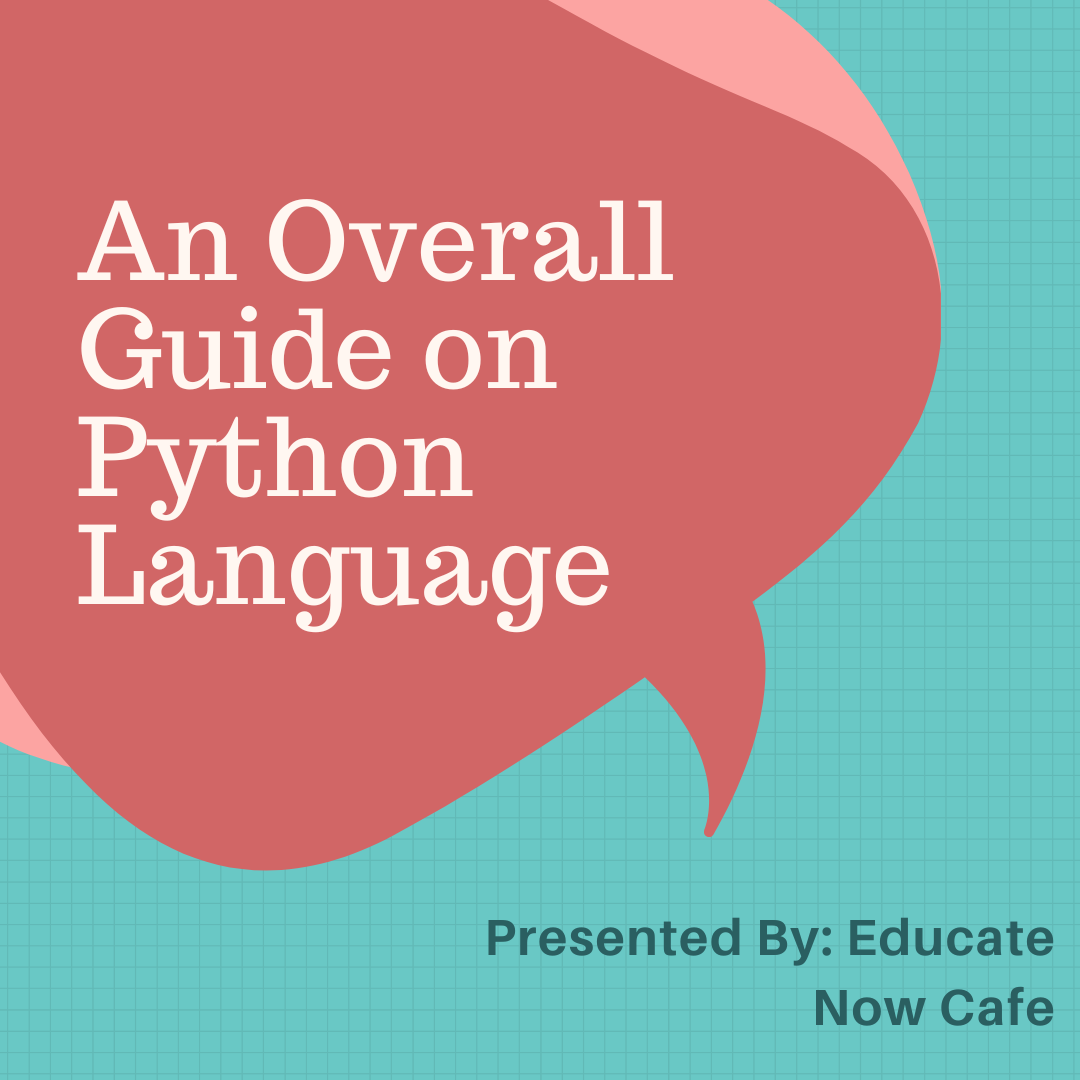All About Python Language
Define Python
Though there are many programming language that are used by programmers and some are very famous in the world of programming. One of these and famous language from all of them is Python. Python can be used effectively to create any kind of program that does not need direct access to the computer hardware. It is a general-purpose programming language based on the ABC language. It is high-level programming with an open-source that was formulated in 1991 by Guido van Rossum. This language is presented by (PSF) Python Software Foundation).
Google App Engine, Maya, Youtube, Google search, iRobot machines etc. are the application and companies that assigned Python at the time of Python development. In the comparison of other languages like C, C++ this program gets slower although its development time is quick.
Python As Per Wikipedia: Python is a high-level, general-purpose programming language. Its design philosophy emphasizes code readability with the use of significant indentation. Python is dynamically typed and garbage-collected. It supports multiple programming paradigms, including structured (particularly procedural ),object-oriented and functional programming. It is often described as a “batteries included” language due to its comprehensive standard library.
Features of Python
- It has a pre-compiled code and it is comprehended, incorporated and directly executed language that means before executing your program or system you don’t have to assemble it.
- As in comparison with other programming language like Java, C, C++ etc. it is easy and simple.
- It has a huge standard Library and having an open source nature.
- This program is object-oriented that is easy to learn with less amount of keyword as simple as the other language learning English .
- It has garbage collection and support Graphical User interface (GUI)
Benefits of Python
- Huge Libraries: In Python languages, it is not necessary to write code on a manual basis because it has a substantial library that includes code for several objectives like database, email, image manipulation, CGI, unit testing etc.
- Reasonable Productivity Quality: As compared with other languages like Java, C + + has a higher productivity. By this logic, you will do more things with less writing.
- Easy and Readability: Even for the non-programmer, this python program is easy to read and understand. As with other programs like java you have to create a class ‘Hello World’ but in python, you only need a print statement.
- Easy to learn with low time: Python language is easy and has smaller code, so it’s easy to understand, learn this program in a short time.
- Object-Oriented: Python is an object-oriented programming language. Its function supports its code, object and classes and this class permits its function into one.
- Migratory: In python programming, you can run it anywhere and you need to process the code only once. This is also known as WORA ( WRITE ONCE RUN ANYWHERE)
How to Install Python Language In Window
Now, we will learn how to installed Python in Window step by step.
Step 1 (Download Python):
- In a first step, you have to visit on the official site of Python and have to install Python Language from that site. https://www.python.org
- After going on a download section, you can choose the most recent version of Python for Windows.
Step 2 (Run The Installer)
- As you can see in the above image, you can click on the download icon and see the latest version for window.
- If you want to download the latest version of Python , then you can click on that version and simply installed it.
- The following window will open and you can tick or click on the Add Path check box , it will helps to set the Python Path automatically.
- After that you can click on the Customize installing and proceeds.
- After selecting all these, you can click on the install button.
Step 3 (Verifying the Python Installing)
- After installing the Python you have to verify it either it is installed on system or not. So, for that you have to follow some points these are as follow:
- You can search on your system and then write Python version, if it is installed then you can easily see the version installed and if not then it shown that Python is not recognized.
If it is shown then you can ready to work in Python.
Conclusion
Python is a flexible and powerful programming language, well-suited for a wide range of applications, from web development to data analysis and artificial intelligence. Installing Python on your Windows machine is a straightforward process that opens up a world of possibilities for coding and development.
By following the steps outlined in this guide—downloading the Python installer, running the installation, and verifying your setup—you’ll have Python ready to use in no time. Whether you’re a beginner eager to learn programming or an experienced developer looking to add Python to your toolkit, this installation process is your first step toward unlocking the full potential of Python. Now that Python is installed, you’re ready to start your coding journey. Dive into tutorials, experiment with code, and explore the vast array of libraries and frameworks that make Python one of the most popular programming languages in the world.











